The 10 most important iPhone games, ever
From Angry Birds to Zen Bound
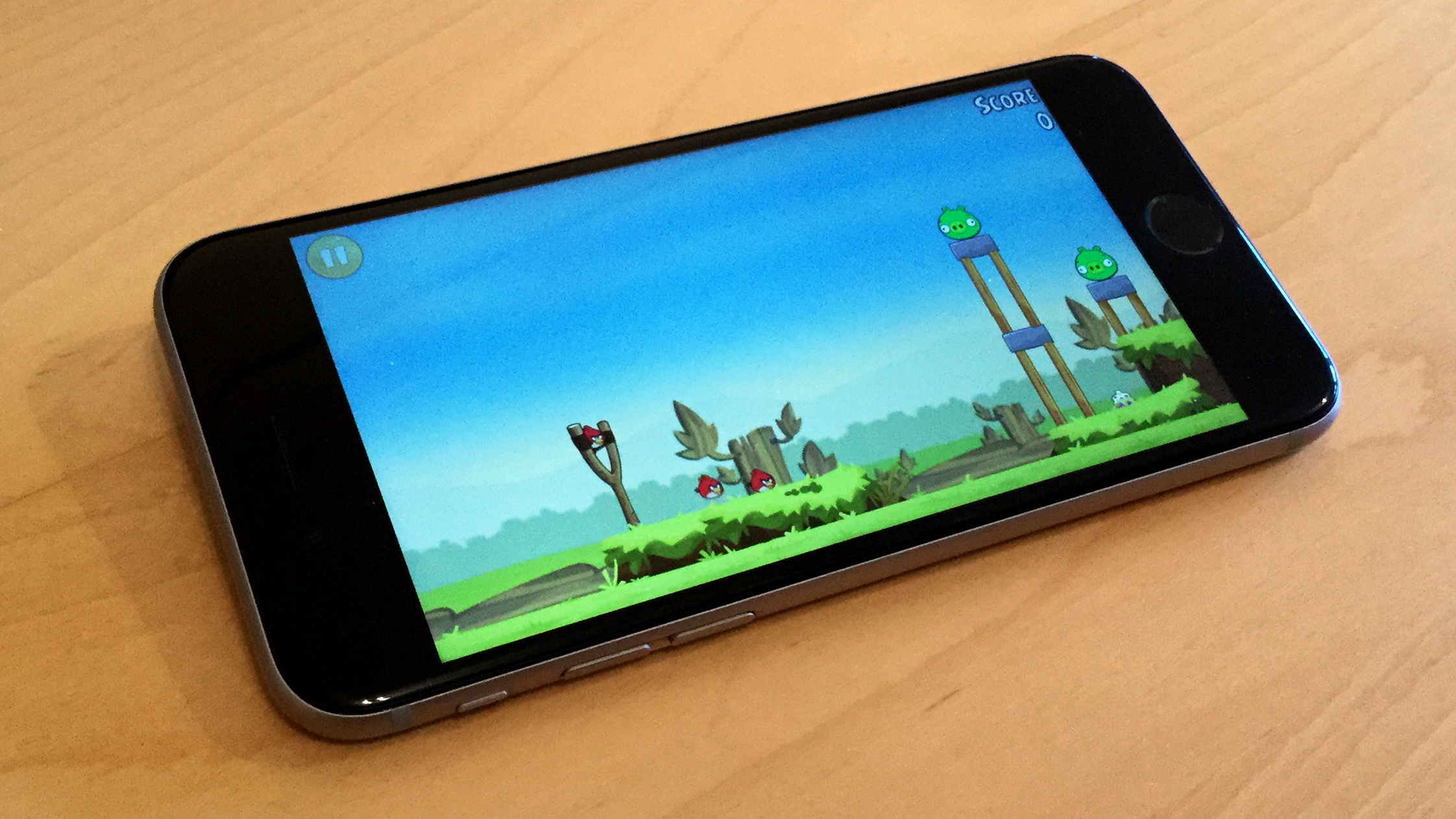
How everyone laughed when people suggested the iPhone might become a gaming powerhouse. It was an anonymous slab of metal and glass, which didn’t even have buttons. How could it possibly compete against the might of the PSP and Nintendo DS?
In the event, the iPhone swatted away half an industry. Sure, some gaming veterans will forever argue you need a ‘real’ console to play ‘proper’ games; but millions of people have for years nonetheless happily swiped and prodded at their iPhones, delving into exciting and engaging virtual worlds.
With the iPhone X launch looming large, this article aims to pinpoint ten titles that have been particularly influential on Apple's portable devices. They aren’t necessarily our favorites – TechRadar has its best free iPhone games and best iPhone games lists for those. But these games were all vital releases that cemented the iPhone’s place in gaming history, and ensured it wouldn’t be just another N-Gage.

Trism (2008)
Trism debuted alongside the App Store, and did much to dispel the notion no-one wanted iPhone gaming.
It’s a smart, polished title, and one that – back in 2008 – cleverly combined the familiar and the new. Its core is a typical match-three puzzler, but you directly drag colored ‘trisms’, and use your iPhone’s accelerometer to determine the direction from which replacements fall into the screen.
Within a couple of months, its indie developer made over $250,000, leading to many other games creators suddenly eyeing iPhone gaming as a serious proposition.
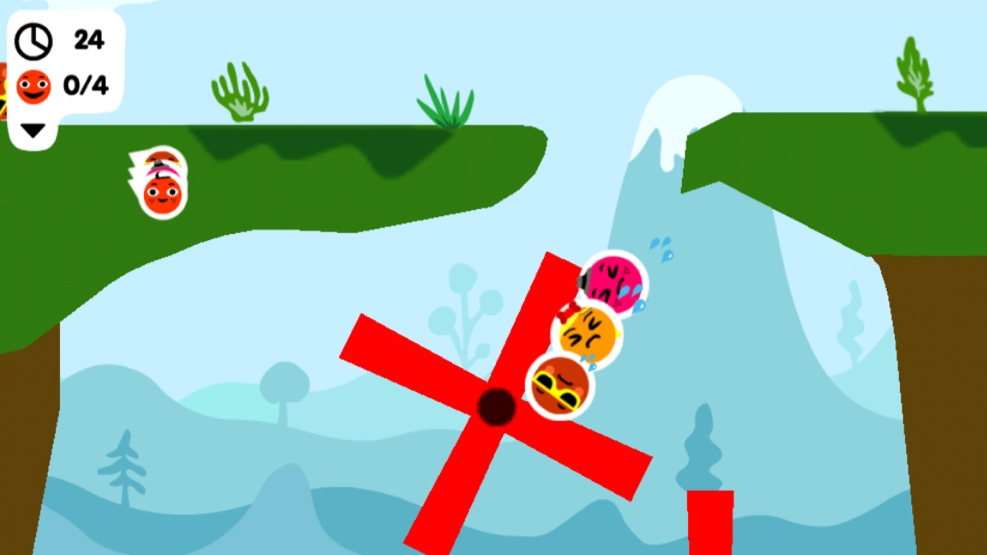
Rolando (2008)
Now long gone from the App Store, Rolando and its superior sequel (the appropriately named Rolando 2) wasn’t the most innovative iPhone game, and was rightly criticized in some quarters for heavily borrowing from Loco Roco’s minimal cartoonish art style.
But from a gameplay standpoint, Rolando shined. In each level, peppered with obstacles and enemies, your aim was to guide a set of rolandos to a goal – mostly by way of deft tilting and swiping. Unlike most of its bite-sized contemporaries, Rolando felt like a console game on your iPhone – but one you interacted with in a thoroughly modern manner.
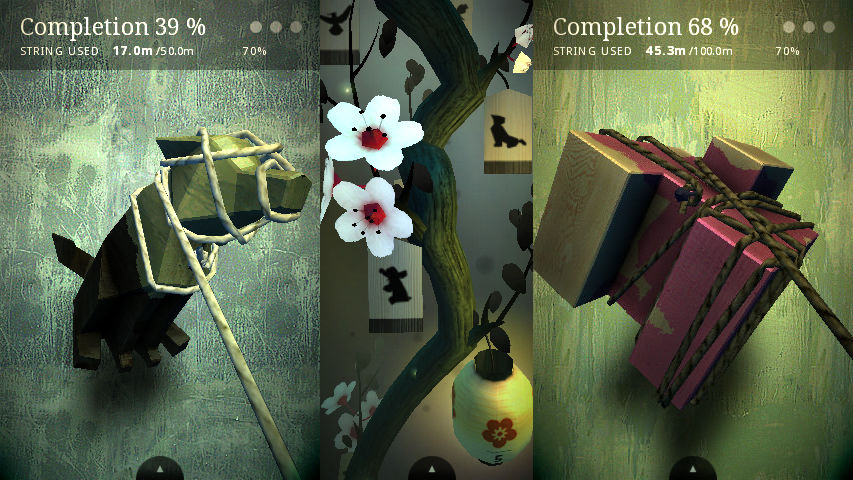
Zen Bound (2009)
Although Zen Bound may not have kicked off a string of copycats, its immersive, meditative gameplay provided a counterpoint to iPhone fare obsessed with speed, points, and action. In each level, you’re tasked with wrapping a rope around a sculpture, which adds color to its surface.
It was an oddball. The game’s stance undoubtedly nonplussed some at the time, who were used to traditional arcade or puzzling fare. But Zen Bound importantly provided a distinctly tactile feel to proceedings, despite the fact you were swiping a glass surface – something many successful iPhone releases subsequently utilized to their benefit.
The sequel is the best way to experience the concept today – it adds support for 64-bit and the iPhone’s gyroscope.
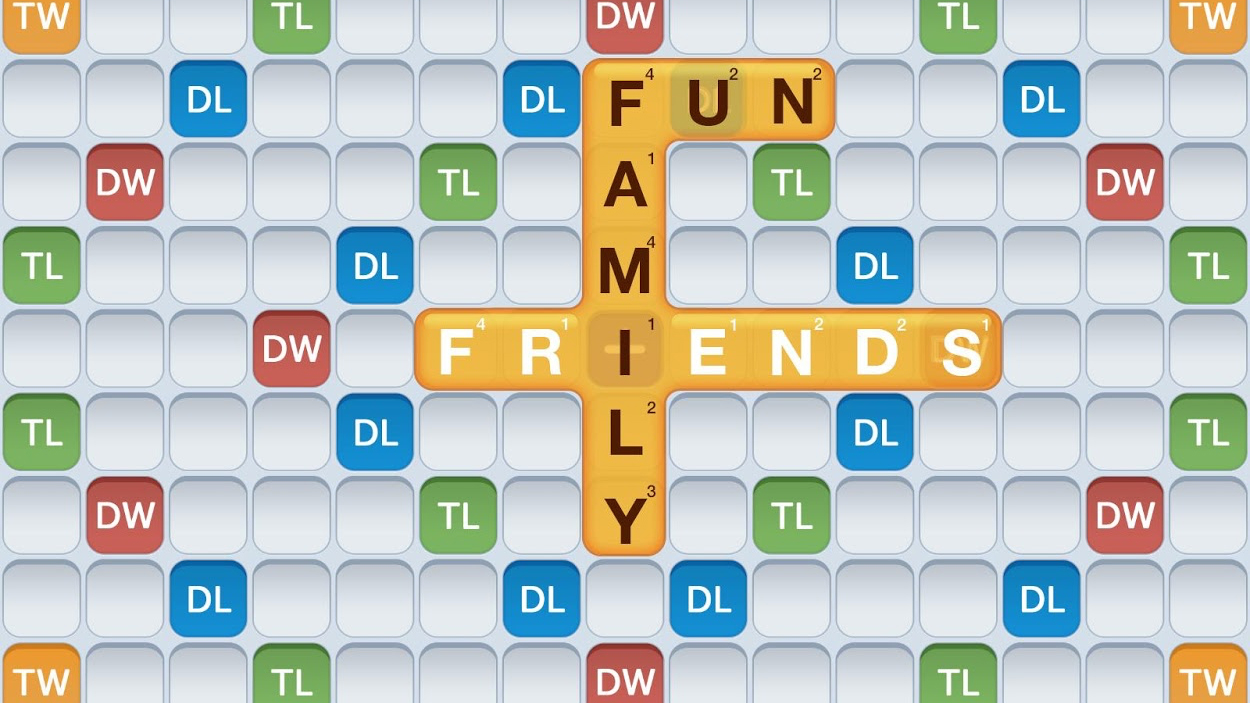
Words With Friends (2009)
Words With Friends wasn’t the first Scrabble clone on iPhone, but it was a lesson in how to succeed when ‘inspired’ by a major brand.
First, make enough changes to not get sued; secondly, weld social components to the game, to get as many playing as possible; thirdly, recognize even more people will play if you later release an ad-supported free version.
The template’s been used by countless developers and publishers since. And as for Scrabble, even its creators recognized a good thing when they saw it, creating a real-world version of Words With Friends that sits alongside Scrabble in toy stores. How very meta.
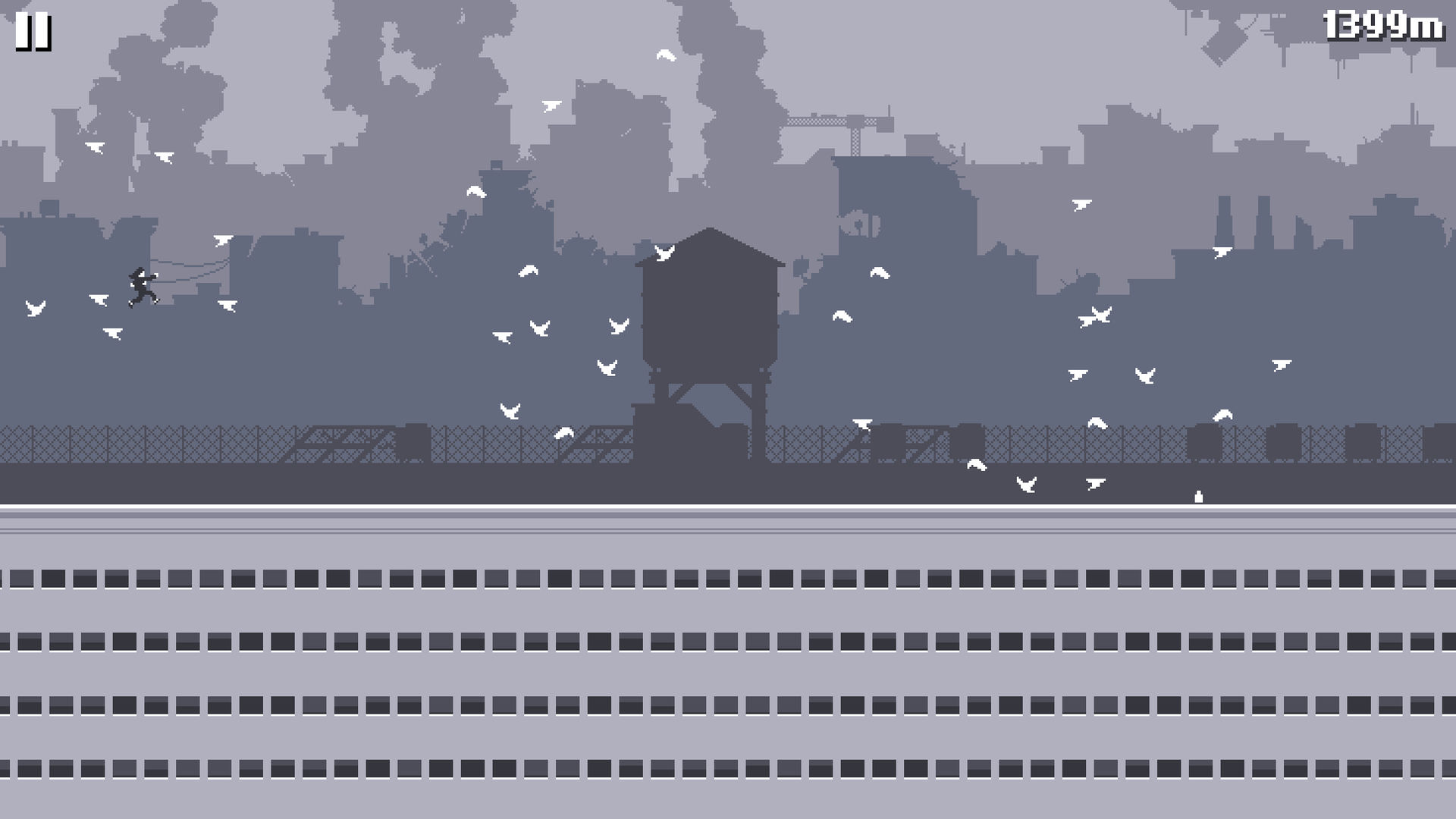
Canabalt (2009)
Created for a game jam, Canabalt was initially a Flash-based online effort. Inspired by Super Mario Bros. speed-runs, it stripped platforming back to a single jump button, and was played out at frightening speed.
Canabalt’s simplicity won it rave reviews, and it became a firm favorite with developers, many of whom were struggling with virtual touchscreen controls. Adult Swim rethought the concept as the kitsch Robot Unicorn Attack, and we’ve since seen countless further endless runners, some of which – like Temple Run and Fotonica – made the leap into 3D. All can trace their roots back to Canabalt.
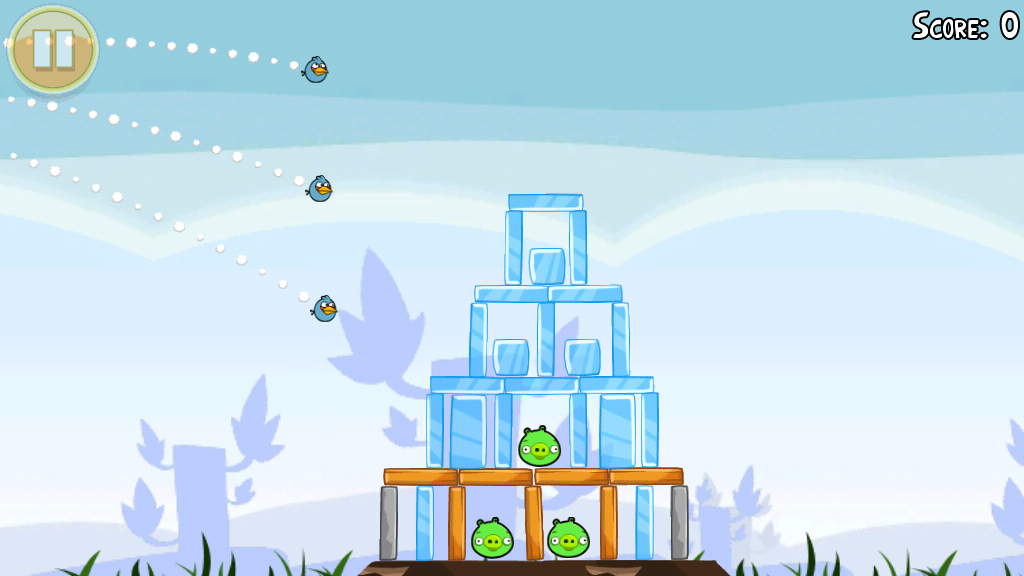
Angry Birds (2009)
Given the juggernaut Angry Birds subsequently became, it’s odd to think hardly anyone had heard of creators Rovio before its release. But in liberally borrowing mechanics from popular Flash game Crush the Castle (destroy ramshackle buildings using a catapult), and using amusingly deranged cartoon birds as weapons, Rovio hit upon a formula that would transform its company – and iPhone gaming.
The tactile slingshot gameplay was immediate, intuitive, and fun. Hardcore gamers would grumble it was also too random, but the millions playing didn’t care. This resulted in the iPhone’s first mainstream ‘mega hit’, and undoubtedly informed the likes of Candy Crush years down the line.
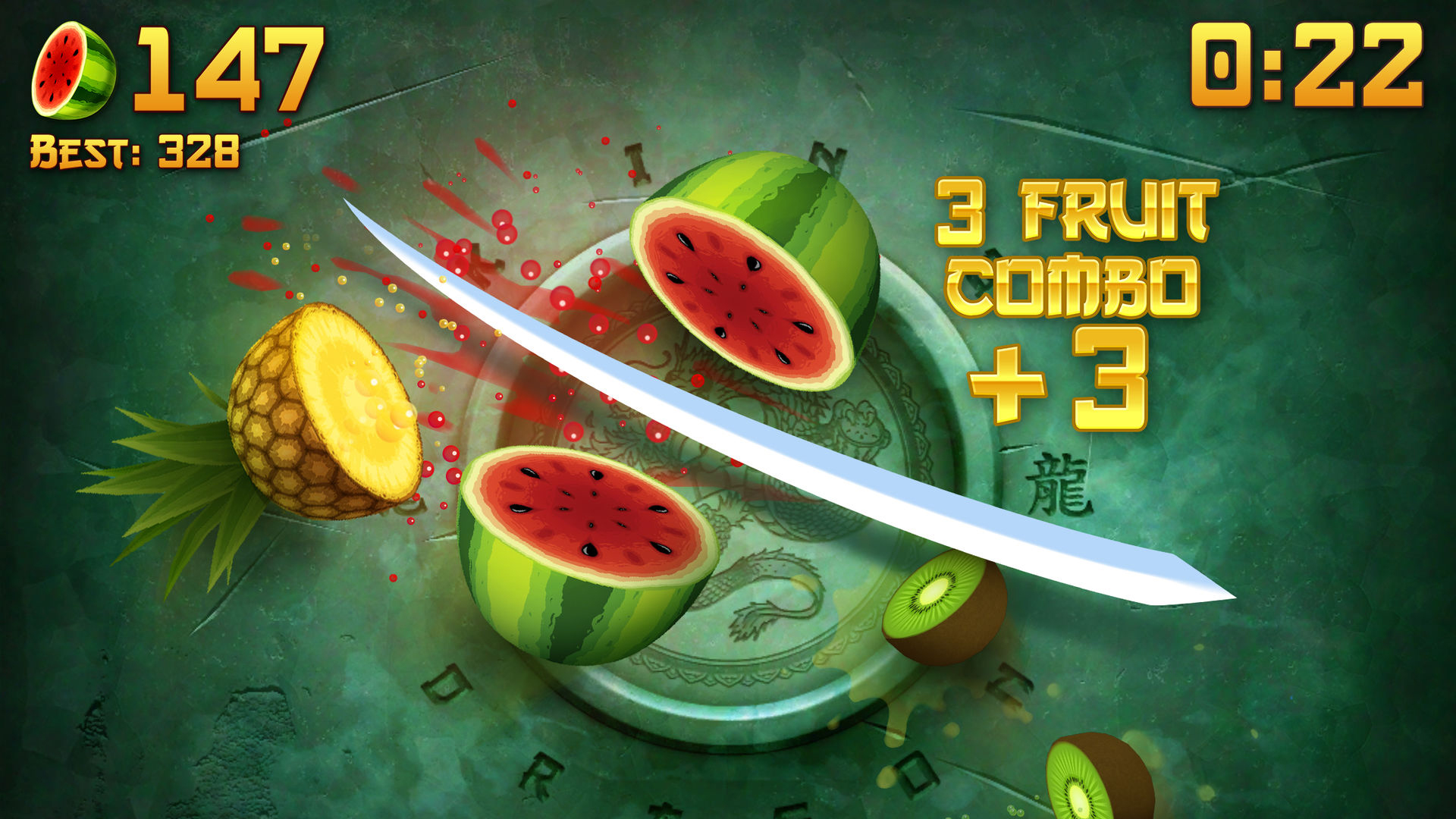
Fruit Ninja (2010)
Although Angry Birds captured people’s imaginations, it arguably works almost as well on a PC with a mouse. By contrast, Fruit Ninja proved to be an insanely popular title perfectly suited to touchscreens.
The aim is to slice through fruit lobbed into the screen, avoiding bombs that are occasionally added to the mix. It’s a simple concept, elevated by its pleasingly direct, tactile interaction. In other words: lots of people apparently like pretending their finger is a really sharp sword.
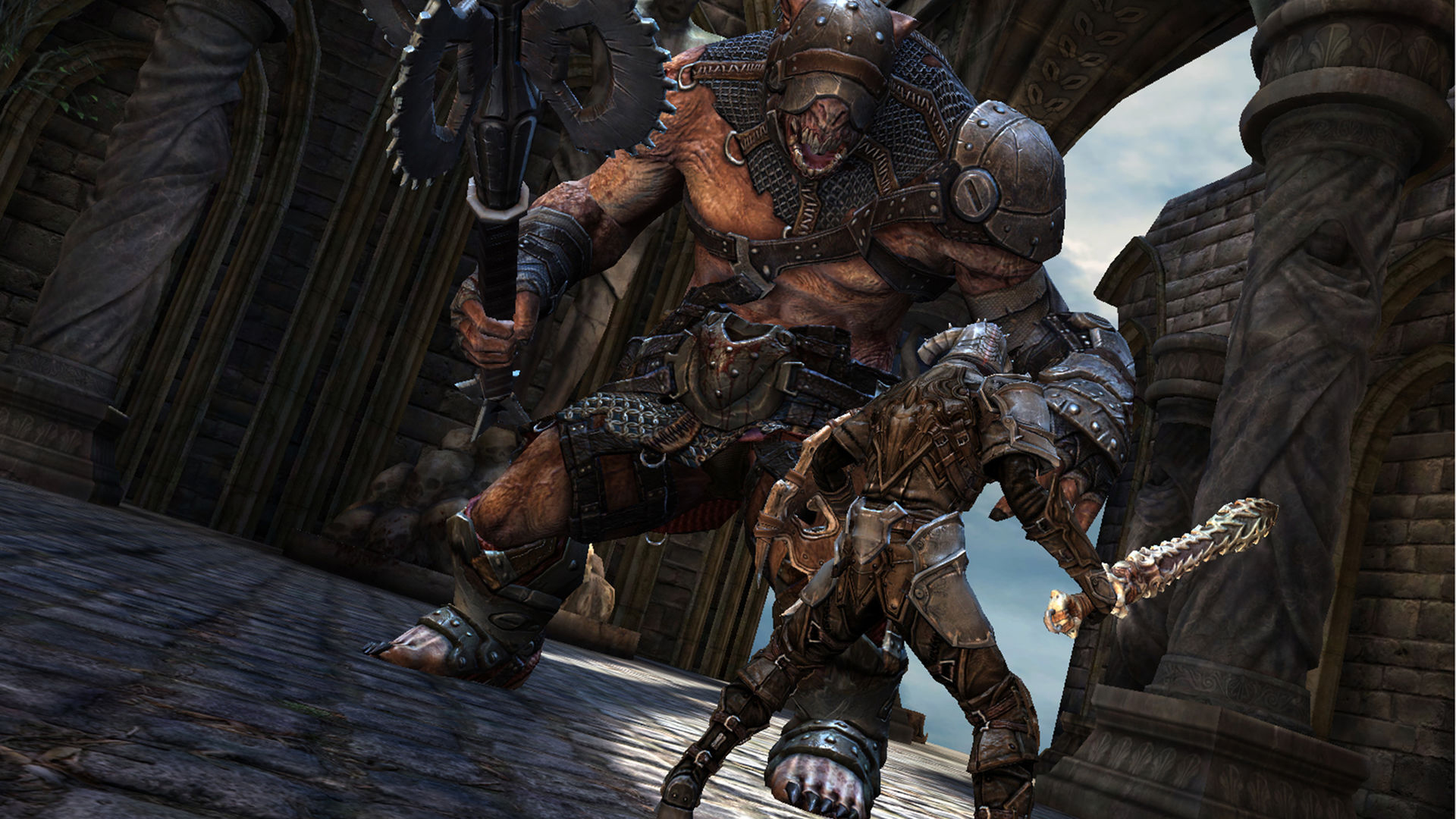
Infinity Blade (2010)
Infinity Blade was a jaw-hit-floor moment for iPhone gaming. Designed in part to show off Unreal Engine 3 for iOS, the game features massive beasts that a lone hero has to dispatch by avoiding getting killed and periodically getting slashy with a massive sword.
A few games in, Infinity Blade’s limitations became apparent – its repetitious nature; the canned nature of the animations. Even so, it was a huge hit, entertaining to play, and sparked the imagination of companies keen to bring more ambitious fare to iPhone.
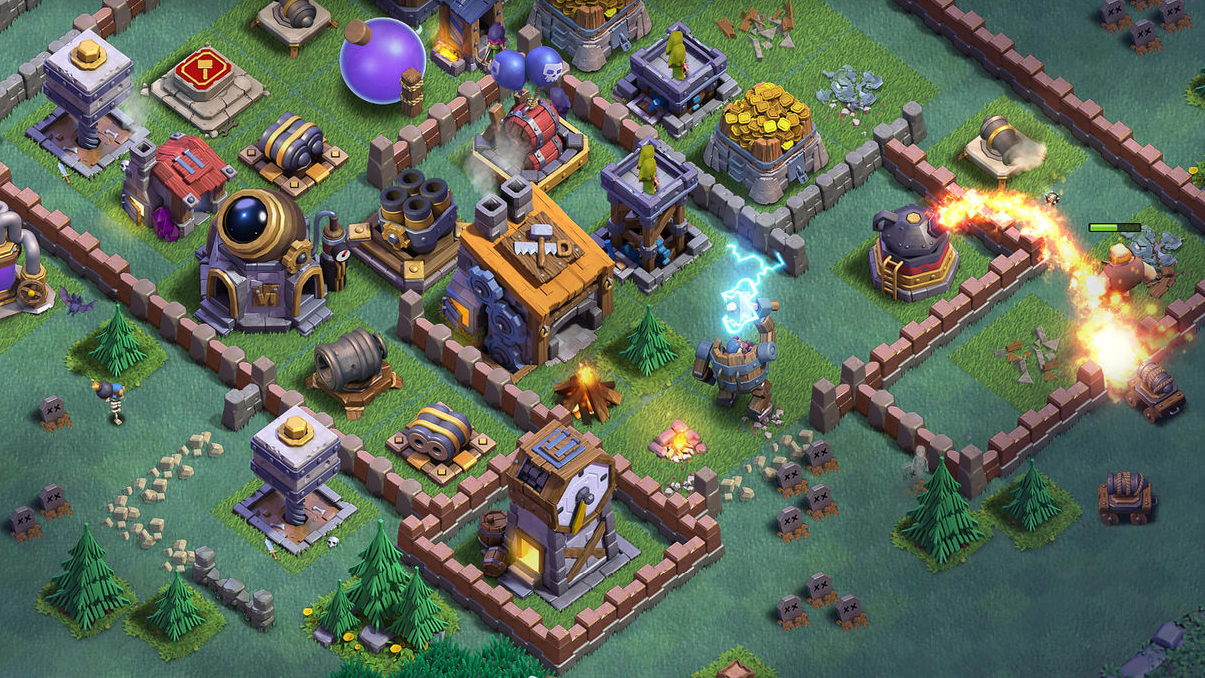
Clash of Clans (2012)
Freemium has in recent years become a dirty word in iPhone gaming circles. But Supercell’s Clash of Clans arguably got the balance right.
Set in a fantasy world, the game mixes up building and fortifying a village, and raiding other players’ settlements. But rather than relying on people shovelling in money, Clash of Clans seemed more interested in success being driven through skill and strategy.
Despite the odd bump and controversy, Clash of Clans took up permanent residence in the App Store’s Top Grossing chart; and although it’s been much imitated, it’s not yet been matched.

Pokémon GO (2016)
There’s a whiff of fad about Pokémon GO, but there can be no denying it managed something no iPhone game had done to the same degree before – getting people out of the house.
Using your iPhone, the game has you hunt down and capture Pokémon, which can then be trained up for attempts at conquering real-world locations, so you’re (temporarily) king of that particular hill.
Although the gameplay is wafer-thin, Pokémon GO captured the same kind of mass-market appeal Angry Birds hit on nearly a decade earlier, and fused it to a social component that led to the streets being full of people ambling about staring at iPhones. Well, even more than usual.
- Want more Apple-tinged gaming? Check out the best free iPhone games and best iPhone games overall